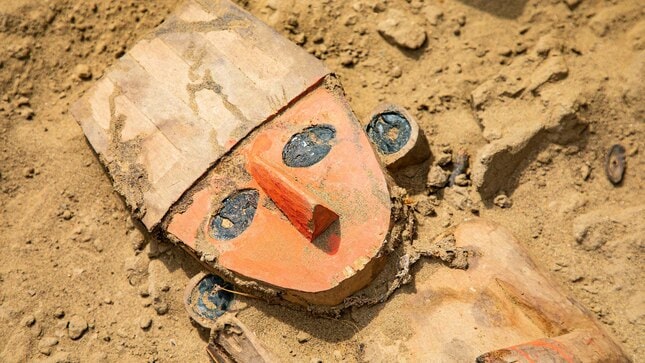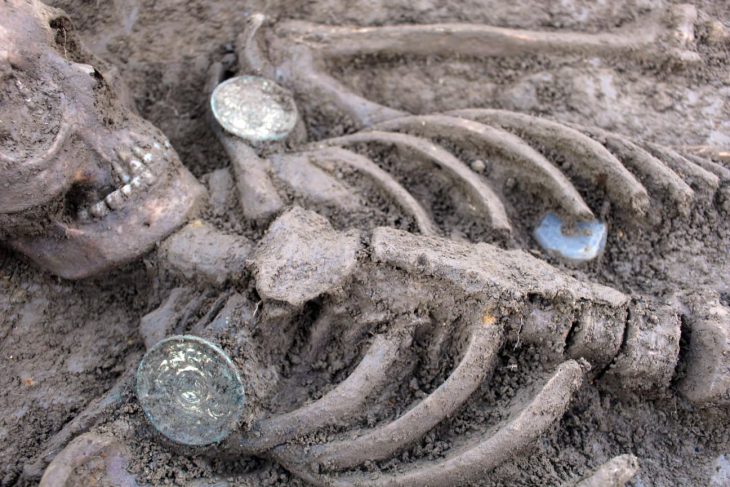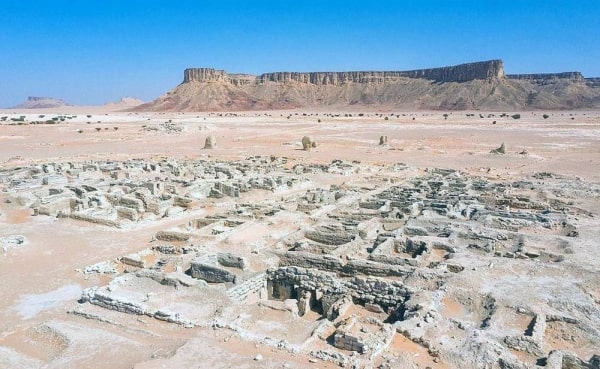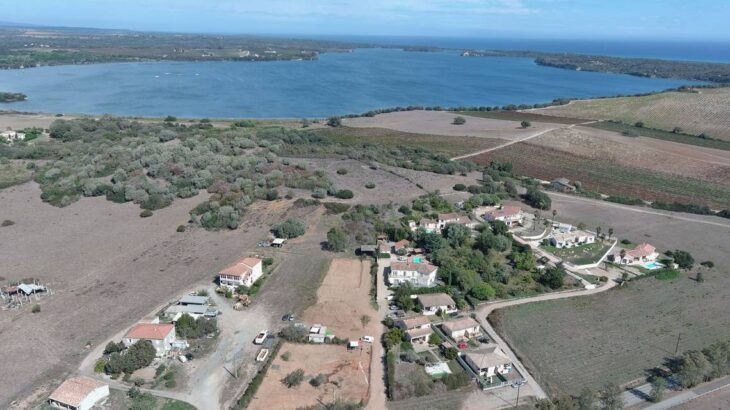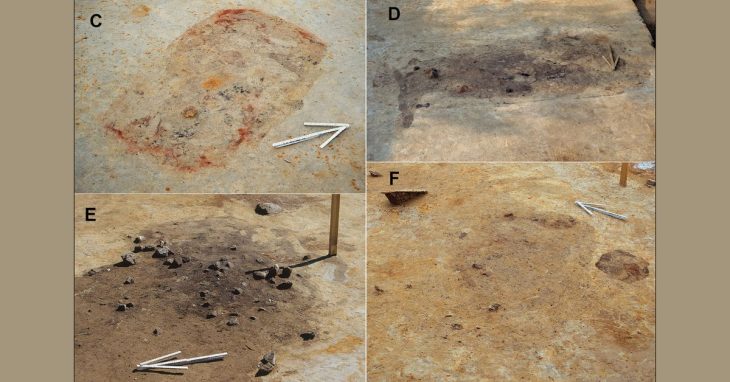A perfectly preserved wooden figure has been discovered at the Chan Chan archaeological site, in northern Peru, the Ministry of Culture reported on Tuesday.
The Chan Chan archaeological site is known as the largest mud-brick city in America. Chan Chan, which translates to “Sun Sun,” is located a few minutes outside of Trujillo, Peru’s northernmost city, amid the formerly lush river valley of Moche and Santa Catalina.
This city was founded in AD 850 and survived until AD 1470, when it was conquered by the Inca Empire. Chan Chan was the biggest city in Pre-Columbian South America, as well as the capital city of the Kingdom of the Chimor. During its zenith in AD 1200, Chan Chan grew to about 20 square kilometers, with a 6 km city center, and housed nearly 100,000 people.
The wooden figure was found during excavations during the third phase of the “Recovery of the Huaca Takaynamo of the Chan Chan Archaeological Complex” project.

The researchers pointed out that the object measures 46 centimeters long and 16 centimeters high and represents a human figure with a trapezoid-shaped hat decorated with seven vertical stripes of alternating light and dark colors.
📣 Our WhatsApp channel is now LIVE! Stay up-to-date with the latest news and updates, just click here to follow us on WhatsApp and never miss a thing!!
The face of the sculpture is flat, oval in shape, and painted red, said archaeologist and head of the Research, Conservation, and Enhancement Unit of the Chan Chan Special Archaeological Project, Arturo Paredes Núñez.
He added that the nose protrudes from the plane of the face and the figure has almond-shaped eyes and circular ears with a black resin inside that would have served to affix mother-of-pearl plates.
Núñez said this archaeological piece has been documented in a secondary context, which alludes to the character appearing to be a porter, that is, one who carried high priests, dignitaries, and sacred objects.
Its torso, arms, and hands appear to have been painted red, and dark circular spots can be seen on its chest. In addition, the character wears a triangular skirt, the edge of which is decorated with small rectangular bands, similar to those of the hat. Its legs are straight and its feet are set apart, and the fronts of them have been partially cut or broken off.
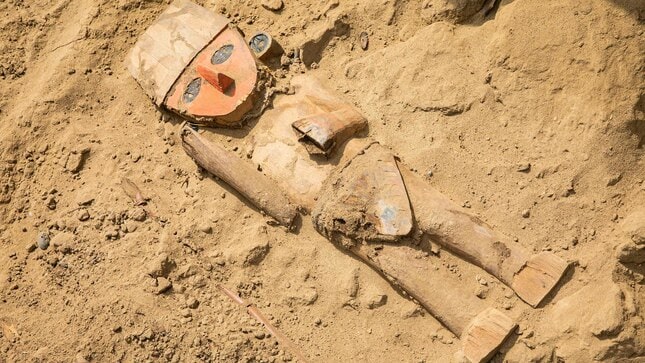
The Ministry of Culture also said that nectandra seeds were also recovered that would have formed a necklace (some have thread inserted), and under the sculpture a small black bag with brown and white thread decoration was recorded.
Also, the figure was found in the Huaca Takaynamo site, associated with the Chimú culture that lived between the 12th and 15th centuries, in Trujillo province of La Libertad department.
Also, the figure was found in the Huaca Takaynamo site, associated with the Chimú culture that lived between the 12th and 15th centuries, in Trujillo province of La Libertad department. Other wooden figures were found before at the site that suggests a religious or funerary purpose for this archaeological site.
César Gálvez Mora, director of the Chan Chan Archaeological Complex Special Project, said, “The find adds to substantial evidence confirming the ceremonial function of Chan Chan’s peripheral. Enriches the knowledge of a World Heritage-listed property with the Master Plan for the Conservation and Management of the Chan Chan Archaeological Complex”.
Cover Photo: DIRECCIÓN DESCONCENTRADA DE CULTURA DE LA LIBERTAD

